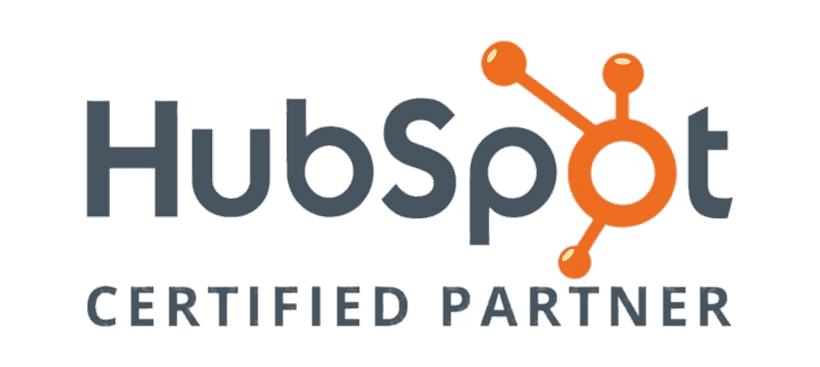HOW TO CREATE AN INTEGRATED MARKETING CAMPAIGN
Creating an integrated marketing campaign is excellent for delivering integrated messaging to your leads and customers. From Google Ads to chatbots, having a unified message across your platforms is essential to your company's image.
What Is Integrated Marketing?
Integrated marketing uses a sole message to deliver information across different marketing platforms. If a business has other answers to different scenarios, this can confuse the user and prevent the sale. However, understanding exactly how and when to use integrated marketing can be difficult, which is why creating a plan is vital.
The following steps should help in creating a strategy, list of tasks and measurable results:
Establish SMART goals. When discussing messages with your marketing team, sales representatives, etc., you want to share the go-to-market strategy and ensure the messaging for that product or service aligns across the organization. Always ask the big question - What do we want to accomplish? Then, write those objectives in the form of SMART goals. These should be specific, measurable, achievable, realistic and timely.
Define your marketing channels. These should support your SMART goals. Some marketing channels your company can utilize are social media, Google Ads, the website, online magazines, etc. Whatever your company can see as reaching the most people.
Assign responsibilities. After reviewing and approving your marketing channels, assign specific duties for others to perform utilizing those platforms. Everyone must understand their role and responsibility.
-
Create a content plan. An integrated marketing campaign means creating a unified message. Ensure everyone knows the message you will send out utilizing those marketing channels. Therefore, you will want to make those messages in the form of "tree."
The content used in your marketing channels should be like a tree, where your messages form the trunk. The themes represent the main branches. The sub-topics sprout from the minor branches while those are also growing leaves.
You can also define where that message fits within the conversion funnel during this step. For example, a "branch" message will differ from a "trunk" message. The trunk message is who and what you represent, targeting those ready to buy. A branch message is for those considering you but not ready to make that decision.
Prepare for liftoff. Now is the time to see your company's creations come to life. It is essential to ensure your company keeps track of the data it collects on these platforms to see what channels should be used or eliminated.
Overall, integrating marketing campaigns are beneficial. They can create more structure when delivering public messages, making it easier for leads and customers to understand your value.



